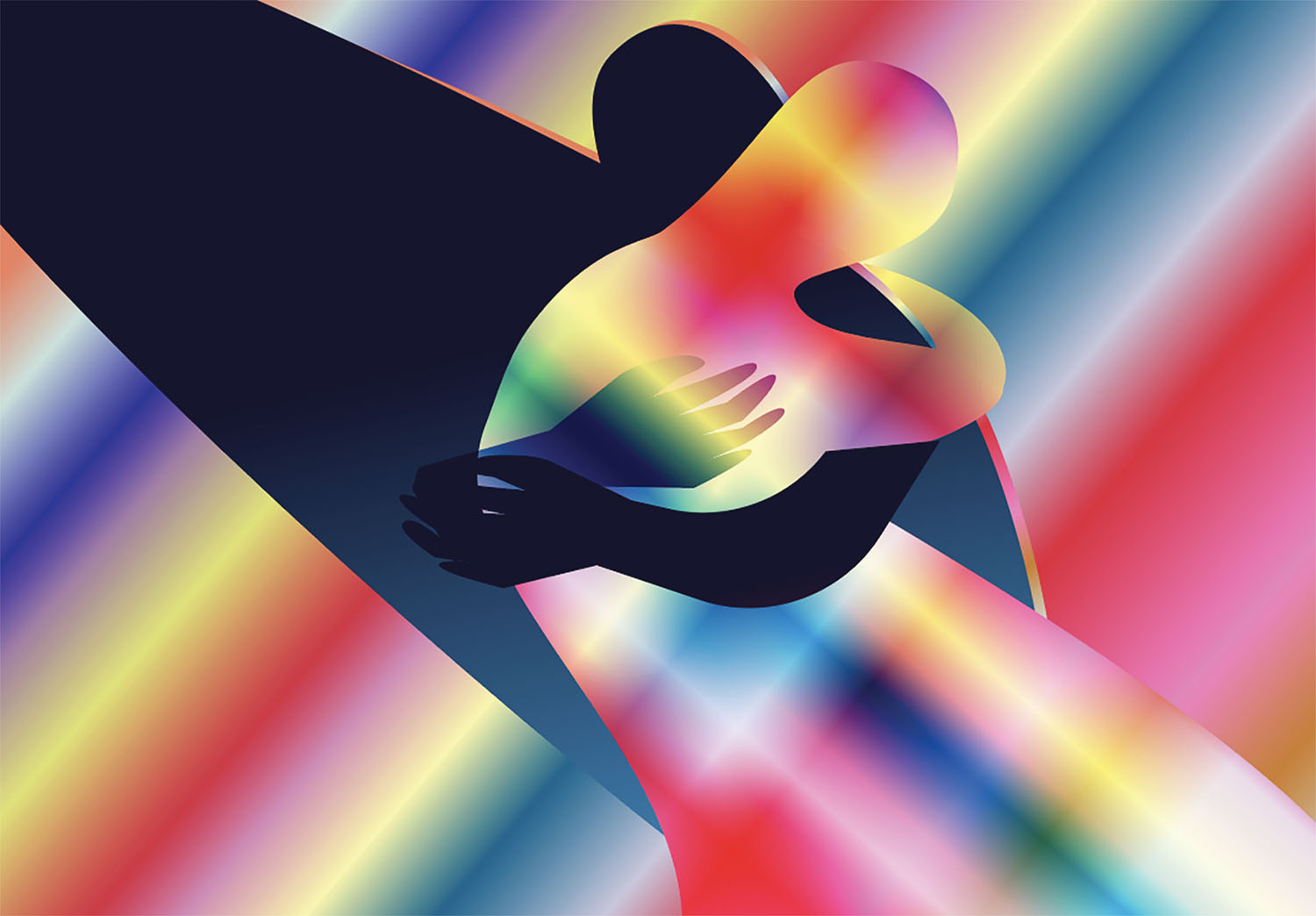Image


You should really subscribe now!
Or login if you already have a subscription.
Shawna X creates experiences in music, fashion, and technology, collaborating with clients such as the New Yorker, the New York Times, Nike, and Ghostly International. She has given invited talks to Adobe Max, Us by Night, AIGA Keynote, and Creative Independent.